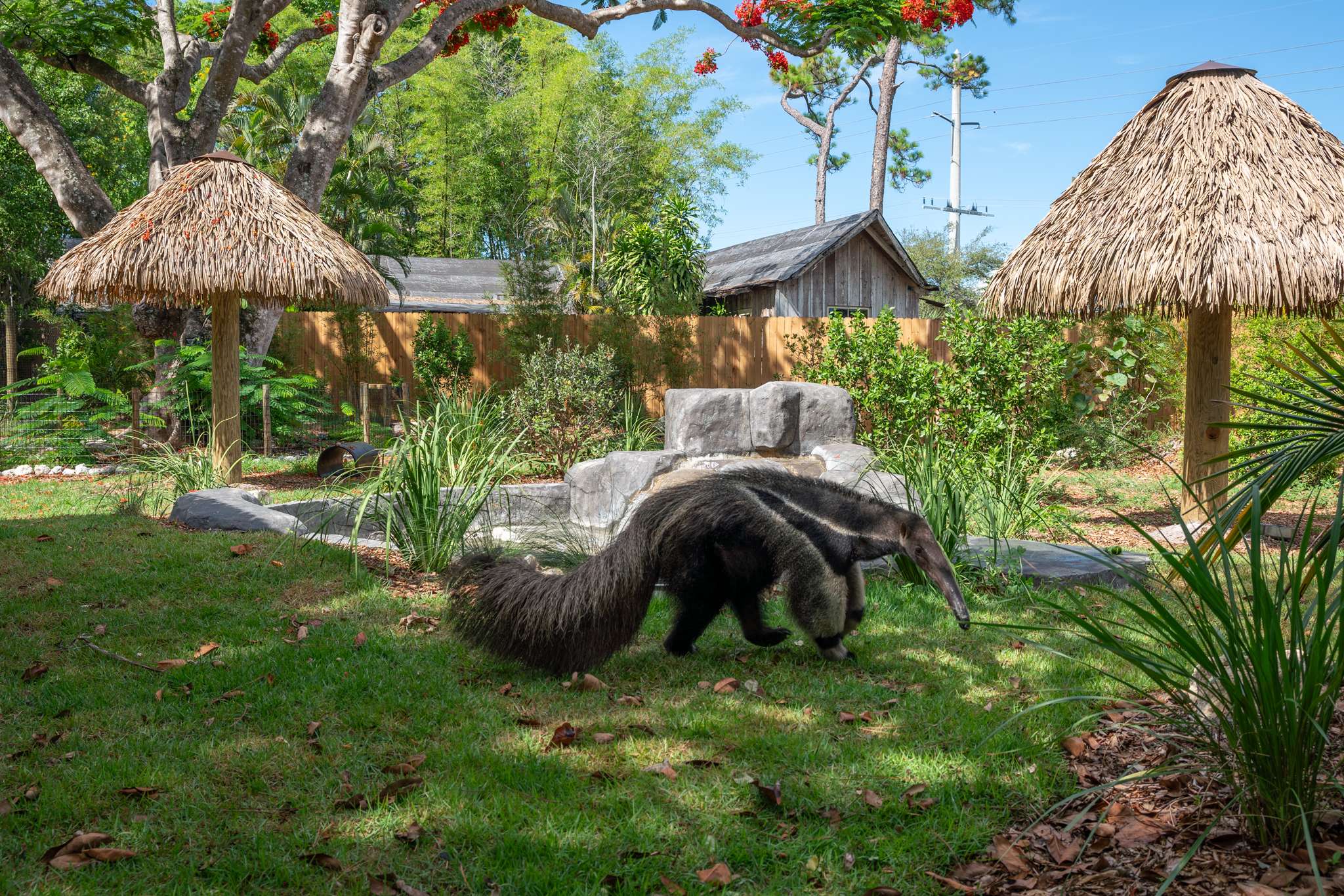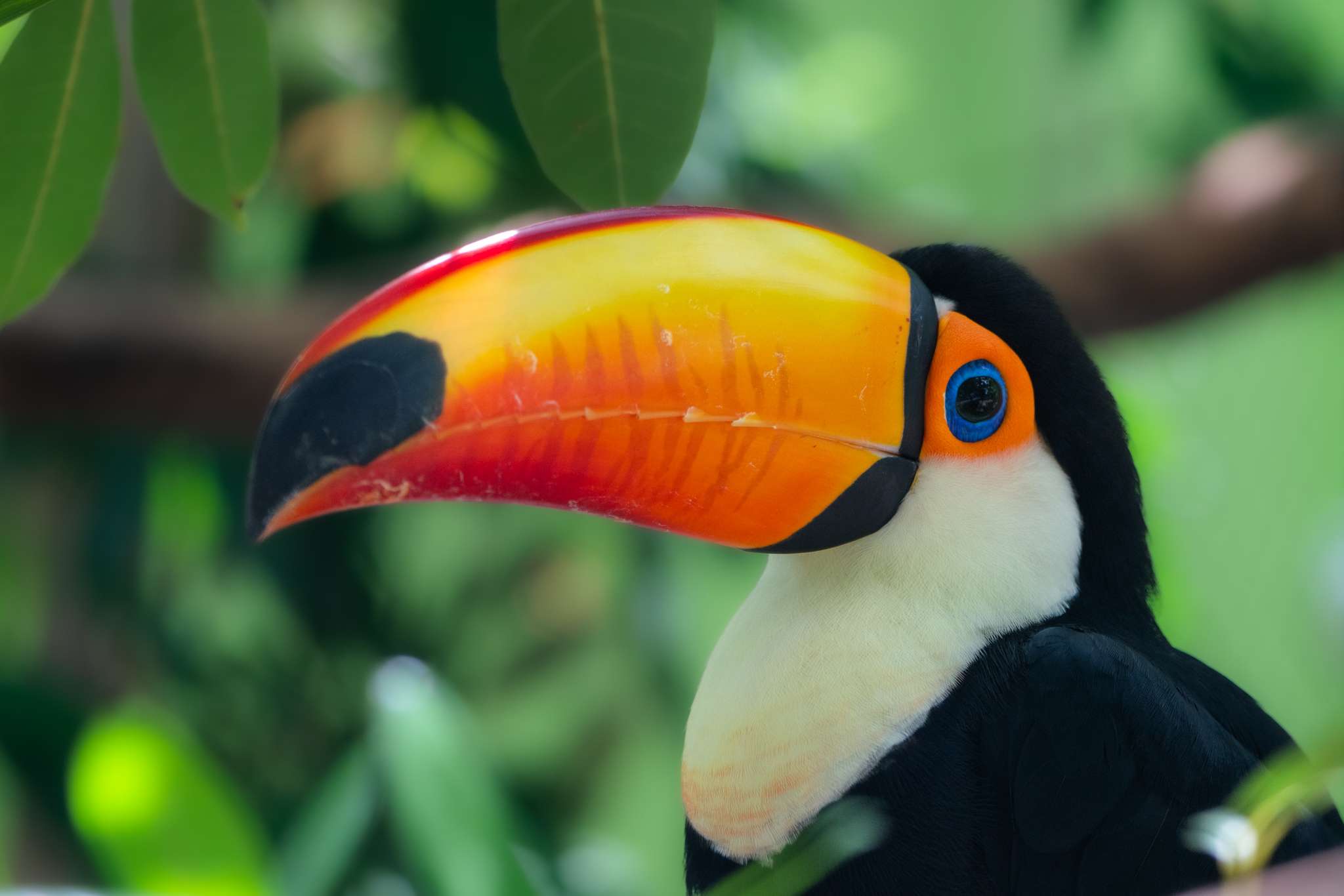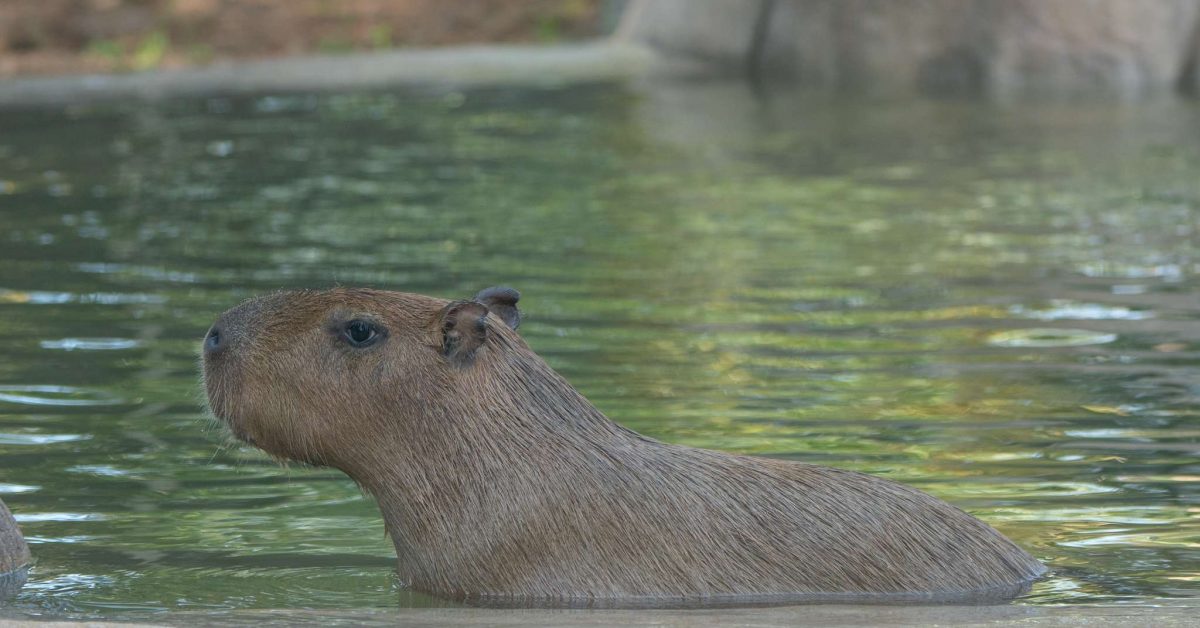The Naples Zoo is celebrating the opening of two habitats made to immerse visitors in the rainforest and grasslands of South America.
The new zoo residents, coming from zoos around the country such as the Abilene Zoo in Texas and the Cheyanne Mountain Zoo in Colorado, include a tapir, toucan, coatimundi, southern screamers and capybara sisters.
The largest enclosure to the new South American loop houses Theo the tapir, Peggy the southern screamer and the capybara sisters, whose names were auctioned at the 2023 Zoo Gala and have yet to be announced. All the animals in this habitat are herbivores normally found on the water’s edge in South America, benefiting each other from the ways they each use those resources.

“They all have barrel-large bodies with short legs that help them go through thick forests,” Naples Zoo Field Supervisor Katie Long said. “The capybaras have the same digestive system as horses where they have to eat constantly, so they’re like the trailblazers of South America—they eat everything, and then bigger guys like the tapir can come through and use those pathways.”
The tapir and capybaras have formed a camaraderie in their new enclosure, often spending time together throughout the day.
“The capybaras are almost never without each other, unless they are adding the tapir to their group,” Long said.
An adjacent habitat is where visitors will find two red-footed tortoises and 10-year-old Macy the toucan.
“Macy is hilarious. She loves papaya; it’s her primary love in this world,” Long said.
Blue and gold macaws Brandy, 41, and Charlie, 17, that were previously near the entrance of the zoo now have their own habitat shared with Otis the six-banded armadillo.
The three habitats make a loop with extra space for Meet the Keeper events, benches and covering for shade.
“I really think this helps to add to that immersive environment. It’s not just animals above you or animals below you; it’s animals all around, living together the way that they naturally would,” said Long.
The addition of these animals comes with further supporting the Anteaters & Highways project, a four-year investigation to address giant anteater road mortality. The Naples Zoo has used its anteater to raise awareness about the project and how anteaters are among the species most killed in South America.
“We fund people on the ground to do studies for tracking how anteaters move across highways and how we can best help them, and [the anteater] is an umbrella species to help these animals too,” Long said. “So, if you’re helping the giant anteater and their habitat, you’re helping these animals in their habitat. It’s really inspiring when you can be immersed in that environment without having to drive through South America or Central America to see all of the animals doing what they would normally be doing.”
 The three main project focuses of the Naples Zoo in the last several years have been the South American habitats, the orangutan enclosure and the Finding Florida New Entrance and Visitor Complex. With both the orangutan and South American animal projects completed, the main priority is now the new $14 million entrance and education center, which is anticipated to be open in 2024.
The three main project focuses of the Naples Zoo in the last several years have been the South American habitats, the orangutan enclosure and the Finding Florida New Entrance and Visitor Complex. With both the orangutan and South American animal projects completed, the main priority is now the new $14 million entrance and education center, which is anticipated to be open in 2024.
“As our zoo family grows, we’re excited to welcome other families, whether they are members that have always come and are experiencing changes with us as we go, or if they haven’t been here in 10 years,” Long said. “I think, sometimes once you’ve been to a place you don’t think to go back, but there’s so much changing that I think it’s a really good time to come visit the Naples Zoo and to see all of the changes and to start to build relationships with the animals.”
This story was originally published in The Naples Press on Dec. 1.





